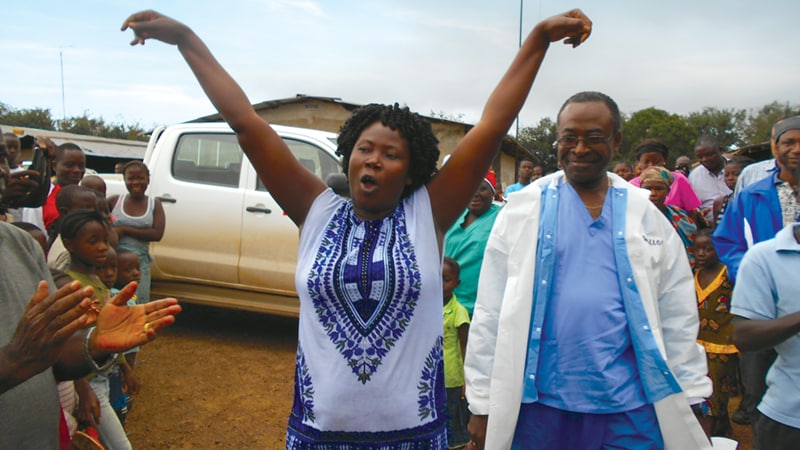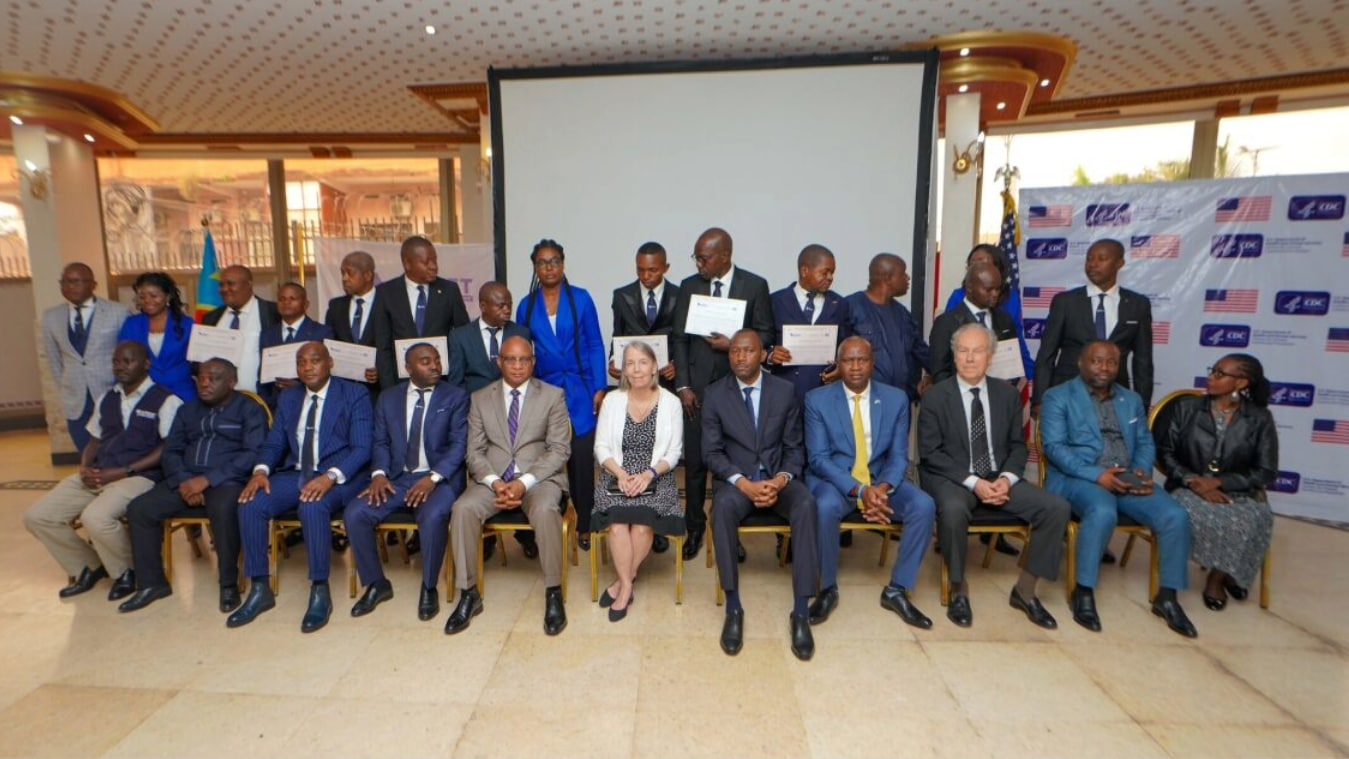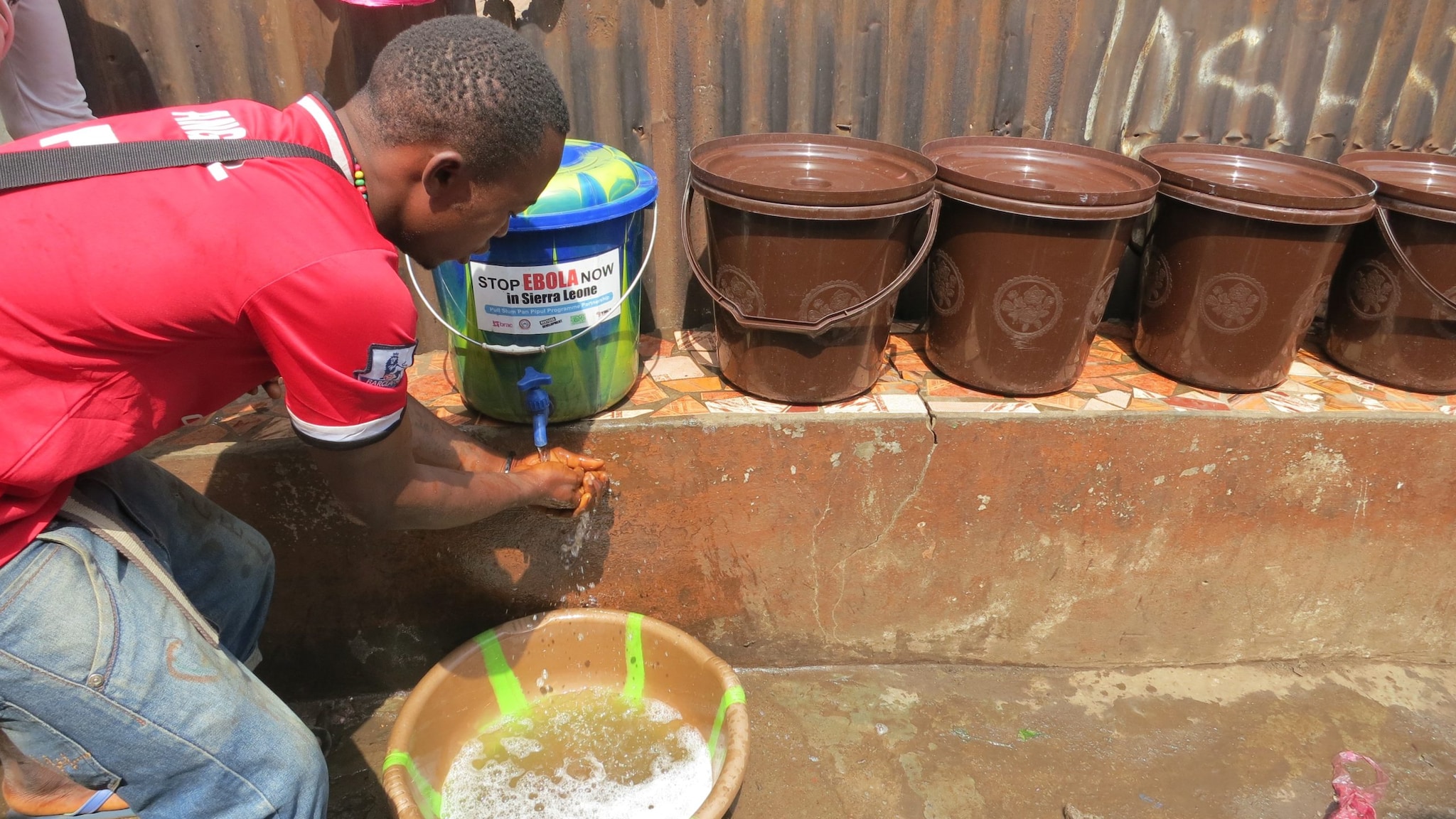What to know
During the historic response to the 2014-2016 West Africa Ebola epidemic, thousands of CDC staff contributed unique expertise in epidemiology, laboratory, infection prevention and control, community engagement, and more. Ten years later, the lessons learned from this response continue to transform the world and save lives.
10 years after the world's largest outbreak

Stronger global health security
Ten years ago, the Ebola epidemic in West Africa shook the world, claiming more than 11,000 lives. The outbreak cost the U.S. more than 2 billion dollars and more than 10,000 jobs tied to exports. The epidemic's size and scope illustrated the need for stronger, sustainable disease detection and prevention capacity worldwide and was the catalyst for investment in strengthening systems to protect global health security.
Economic impact
The outbreak cost the U.S. more than 2 billion dollars and 10,000+ jobs tied to exports.
Since 2014, CDC has:
- strengthened country lab capabilities to detect viral hemorrhagic pathogens
- created surveillance systems to collect and report action-oriented data
- built emergency operations centers to respond to outbreaks, and
- bolstered the local workforce, including disease detectives and frontline responders to investigate viral hemorrhagic fevers and outbreaks.
Core capabilities yield returns in West Africa
CDC's core capabilities yielded immediate returns in West Africa and continue to prevent local outbreaks from spiraling into epidemics. When Guinea faced Ebola again in 2021, they identified the outbreak in 15 days and received laboratory confirmation in one day. Instead of international experts, 179 CDC-trained local disease detectives investigated. The outbreak was stopped after only 23 cases.
The magnitude and rapid spread of the 2014 Ebola outbreak showed that the U.S. is vulnerable if we aren’t prepared. It redefined our understanding of high-consequence pathogens and demonstrated their significant potential to threaten national security. Investing in comprehensive core capabilities at home and abroad – including genomic sequencing, advanced molecular detection, and wastewater surveillance – is the most effective and least expensive way to stop infectious disease threats before they can harm Americans and people across the globe.
We hope and we pray that there is never another Ebola outbreak. But we also know that outbreaks occur, and our legacy is that countries can provide support to themselves, that lives can be saved, and that CDC can remain a trusted partner.


